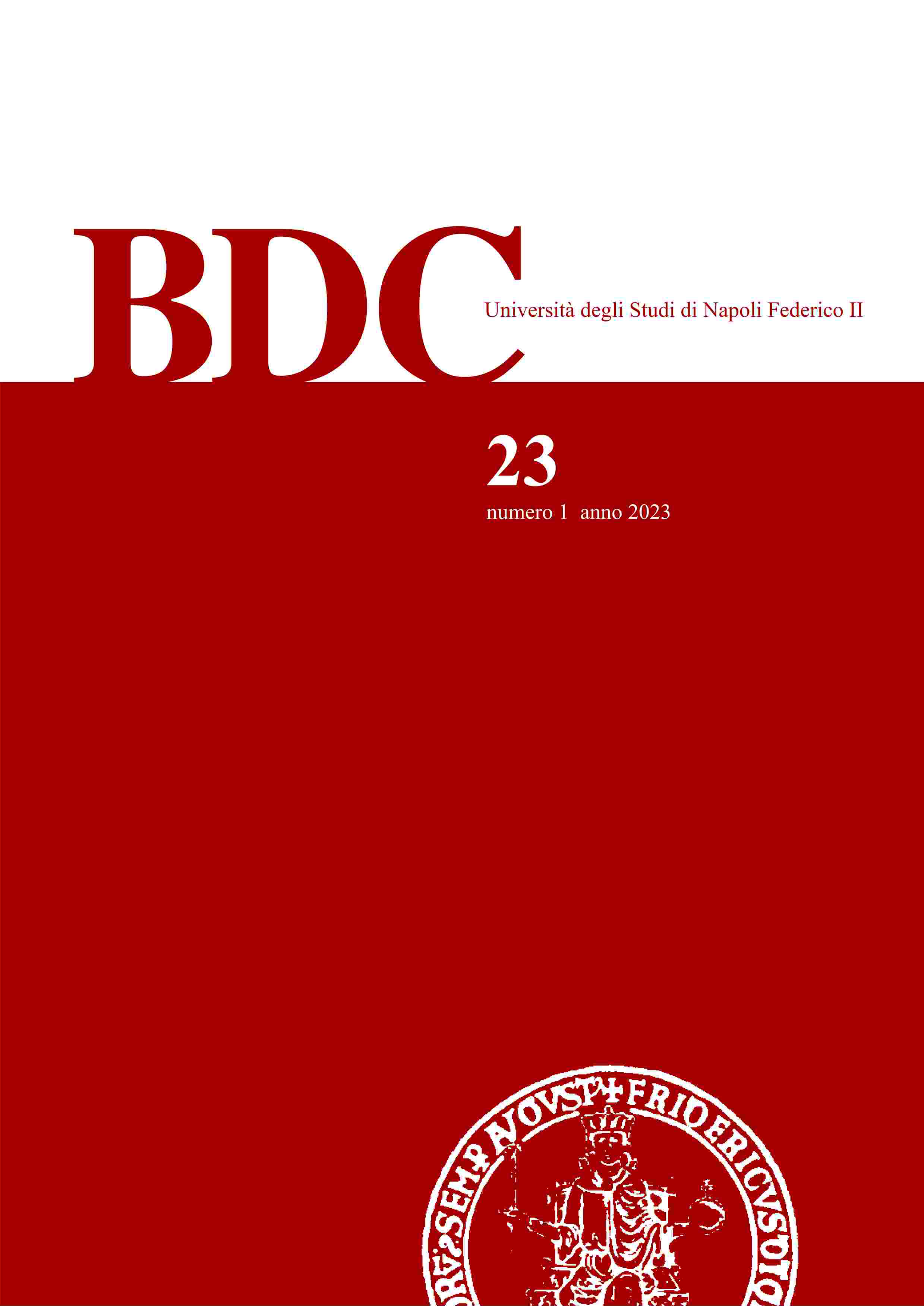Verso la bio-riconnessione dei sistemi urbani
DOI:
https://doi.org/10.6093/2284-4732/10467Abstract
Toward bio-reconnection of urban systems
With climate change and increasing pollution concentrated especially in cities, ecosystem functions have become increasingly important. They represent a public good and also an increasingly rare common good in our cities and should be properly protected, preserved and enhanced through the use of nature-based strategies. In this context, ‘vegetated areas’ assume a crucial role in urban and peri-urban regeneration. Two borderline cases can be distinguished: historic gardens and ‘emptied’/abandoned suburban areas. In particular, historic gardens are special commons as they also provide another set of additional benefits ranging from the perceived sense of balance that greenery in general provides to the perception of aesthetic/visual/landscape/cultural and related perception and health benefits. On the other hand (or at the same time) it should be reiterated that urban area regeneration policies should increasingly tend toward the transformation of those abandoned, discarded, polluted, rejected fragments of urbanized land, the result of urban metabolism, representing the failures of the ‘disposable’ model. These fragments, ‘wastescapes’, constitute Resource Spaces (RS), that is, real opportunities, in which to place the production of services of general interest, in the perspective of the implementation of circular ecosystems.
Keywords: circular economy, circular city, ecological services, soil, landscape, health

